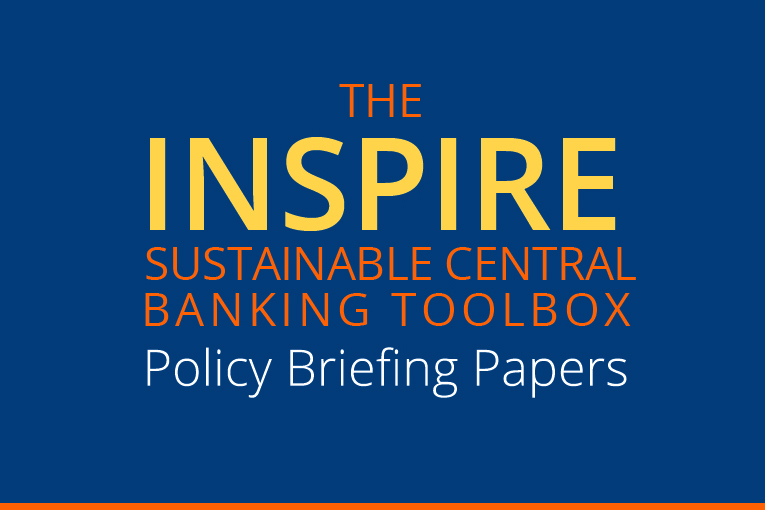Building blocks for central banks to develop nature scenarios

Download
INSPIRE Central Banking Toolbox – Policy Briefing no. 11
Models and scenarios are increasingly being adopted by central banks and financial supervisors as a tool to support the assessment of climate risks, but existing scenarios currently do not sufficiently incorporate broader environmental risks, such as nature-related risks, into such assessments.
This paper aims to improve the understanding of the current generation of models and scenarios on nature–economy interactions in light of their applicability for analysing nature-related financial risks. It discusses key criteria that methodologies for assessing nature-related risks should satisfy if they are to provide useful guidance for the financial sector and highlights areas where further research is needed.
Main messages
- Central banks and financial supervisors around the world are increasingly recognising the relevance of nature-related risks and acknowledge that they could have significant macroeconomic and financial stability implications.
- To assess and manage nature-related financial risks, models and scenarios that capture the complex interlinkages between nature, the economy and the financial sector are needed.
- Models and scenarios for economic and nature loss assessments already exist, but they have imperfections. In reviewing a selection of models currently used in economic and nature loss assessments, five key issues emerge: input data needs; model assumptions; uncertainty around nature–economy interactions; the choice of global or local scenarios; and usability for financial institutions.
- Developing models and scenarios suited to the financial sector’s assessment of nature-related risk could contribute towards shifting financing away from nature-harming investments.
Recommendations
- Better understanding and mastery of existing data, coupled with advances in data availability, usability, granularity and quality, can improve the performance of nature models.
- Assumptions are unavoidably part of any model and scenario, but allowing for wider model heterogeneity and exploring the complementarities between models with different assumptions can improve understanding of nature-related risks and impacts.
- To address uncertainties related to nature–economy interactions, tipping points and compounding effects could be introduced. The choice of whether to adopt global or local scenarios entails trade-offs, so scenarios must be flexible enough to be used at both the global and local level.
- Central banks, financial supervisors and the financial sector as a whole will need to develop the necessary skills to understand how to choose and use models and scenarios suited to their objectives.
This paper is part of the INSPIRE Sustainable Central Banking Toolbox, which is designed to support central bankers and financial supervisors in calibrating monetary, prudential and other instruments in accordance with sustainability goals as they address the ramifications of climate change and other environmental challenges. The papers have been written and peer-reviewed by leading experts from academia, think tanks and central banks and are based on cutting-edge research, drawing from best practice in central banking and supervision.

